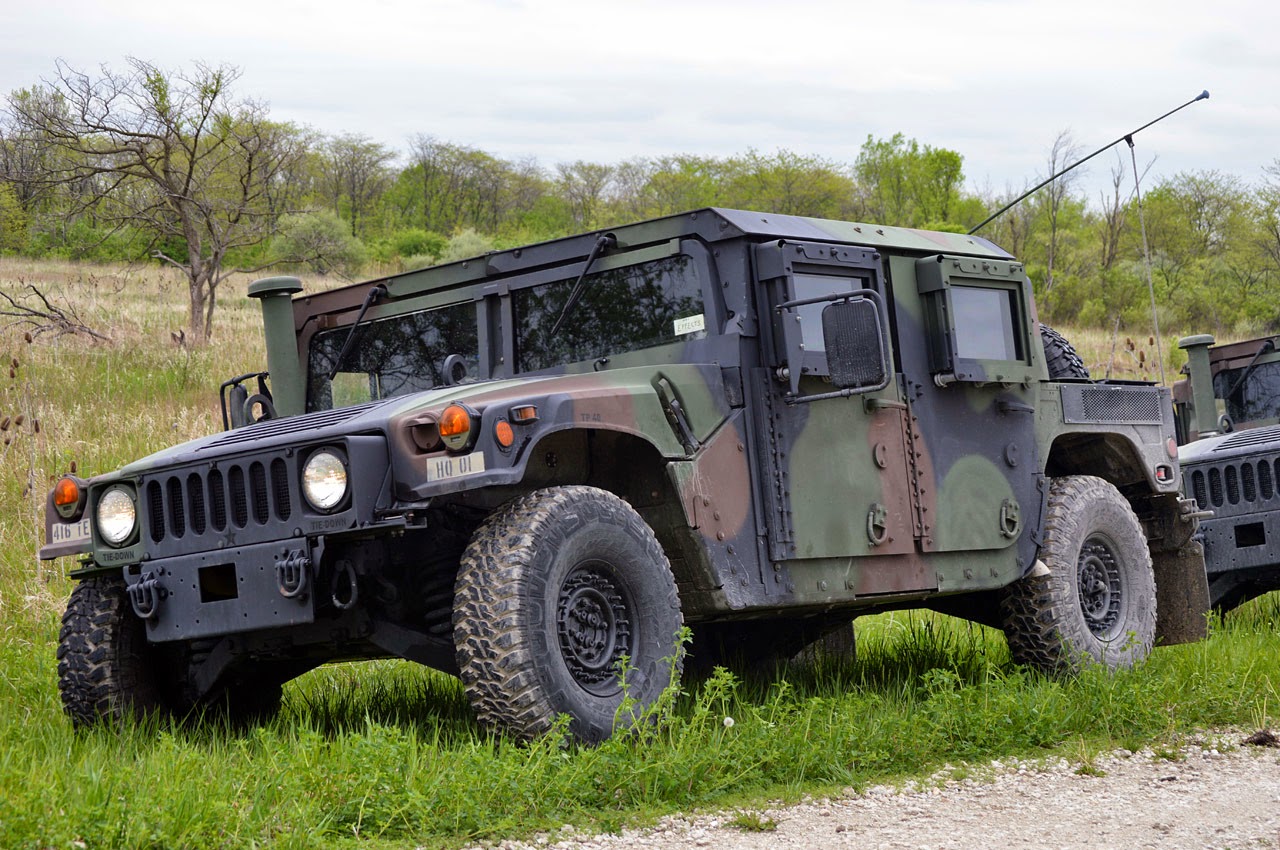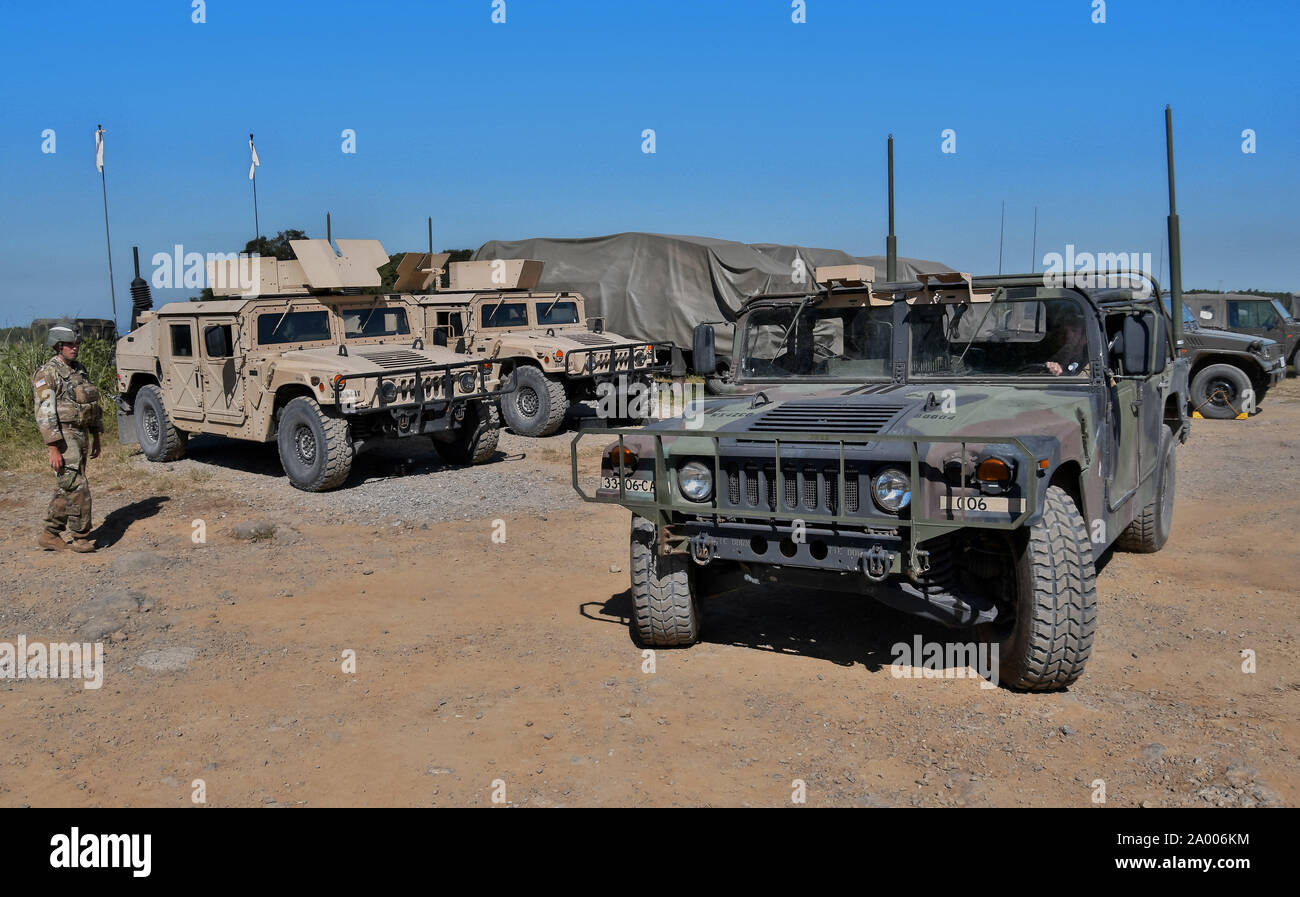
British forces continued aggressive patrols and engaged in sharp firefights with paramilitaries in the Al Faw and Basra areas. The 3rd Commando Brigade of the 1st (UK) Armoured Division launched an offensive near Basra that secured Abu al Khasib. At An Nasiriyah, I MEF encountered and defeated an enemy attack in the sharpest engagement of the war thus far. In some ways, CFLCC now had to await events as its major formations undertook operations in Basra and in oil fields and began the march up-country. CFLCC's theater reception system seemed able to keep pace. SOF operations to seize the Gulf oil platforms and to generate threats against the regime from 360 degrees were under way and apparently with good effect. Both the corps and the MEF had moved out rapidly. Lieutenant General McKiernan and the CFLCC staff had reason to breathe a bit more easily in the days after V Corps and I MEF breached the berm. The Iraqis clearly had thought through denying the use of Umm Qasr to the coalition. During operations to widen the cleared pathway to 200 yards, coalition forces identified "bottom-influence" mines. The channel was opened with about a 60-yard-wide pathway up to Umm Qasr. Coalition air forces operated against strategic, operational, and tactical targets, demonstrating both the efficacy and flexibility of air power.Ĭoalition maritime forces continued their efforts to expand the width of the cleared channel in Khor Abdullah. On 28 March, the weather cleared, allowing coalition forces to increase the number of strikes on Baghdad and Republican Guard units. 2 Even during the sandstorms, surveillance aircraft continued to provide data that enabled the coalition to target Iraqi units over an area of several hundred square miles during weather the Iraqis thought would shield them from air attack. The majority of the effort was against discrete targets designed to achieve specific effects against the regime, to interdict enemy movement, or in close support of ground forces. In the days just prior to the sandstorms, the air component flew an average of 800 strike sorties daily. Control of the air allowed the employment of slow-moving intelligence-gathering aircraft such as the E-8C Joint Surveillance Target Attack Radar System (JSTARS) and the RC-135 Rivet Joint, which gathers signals intelligence and UAVs. The focus of strike missions began to shift to the Republican Guard divisions in the vicinity of Baghdad. Coalition aircraft continued to achieve high sortie rates despite the weather. Xenophon's narrative is a classic on the difficulty of campaigning in Mesopotamia, or what we now know as Iraq.Īlthough hampered by severe sandstorms, coalition aircraft continued to attack air defense, command and control, and intelligence facilities in the Baghdad area. Following Cyrus' defeat and death in 401 BCE, Xenophon successfully led a Greek contingent of the Persian army as it fought its way out of Mesopotamia marching up- country home to Greece. The chapter title is borrowed from Xenophon's account of the ill-fated campaign of Cyrus I of Persia. Ultimately, the squad defeated them, killing one and critically wounding another with well-aimed M-4 fires. As all of this was going on, Small and the rest of the squad were in a firefight against an unknown number of attackers. Cloke, with shrapnel in his eye, engaged the man with his 9mm pistol, finally killing him. The man went down but came back up with another grenade and threw it as well.
.jpg)
Simultaneously, Cassetta engaged the man with his M-4 Carbine. The grenade exploded just feet from his head, spraying shrapnel into his Kevlar helmet and hitting him in the eye.

Cloke grabbed the unexploded grenade and threw it from his position, saving his team.


One of the individuals took out a grenade and threw it toward the team. Shortly thereafter, the team began to take small- arms fire from about 300 yards away Cassetta ordered the HMMWVs to move to form a defensive perimeter.Īt this time, Cloke had stopped a vehicle with two Iraqis in it and placed them in the prone position. Cassetta then shot the man with his 9mm pistol, killing him. Cassetta motioned for the man to get into the prone position, but the man refused and began to run at the team. Small directed his squad into defensive positions.Ī man immediately began to approach Sergeant Anthony Cassetta's team, consisting of the driver, Private First Class Hunter Cloke, and the gunner, Private First Class Chad Hicks. Staff Sergeant Daniel Small led his squad to a known arms and ammunition cache, where they discovered several men looting the materials. The 2nd Squad, 1st Platoon, 511th MP Company was involved in a firefight at a manufacturing plant near Al Iskandariyah.


 0 kommentar(er)
0 kommentar(er)
